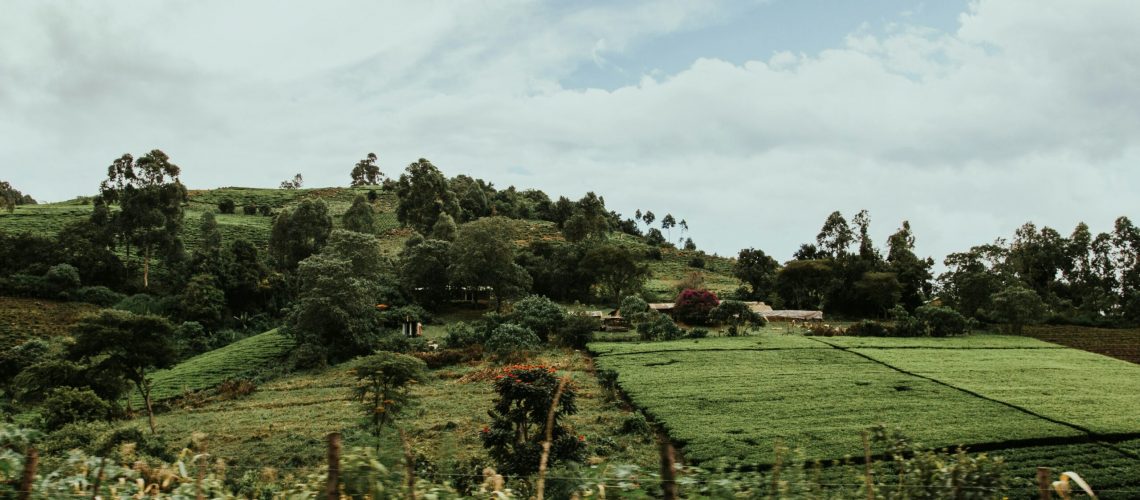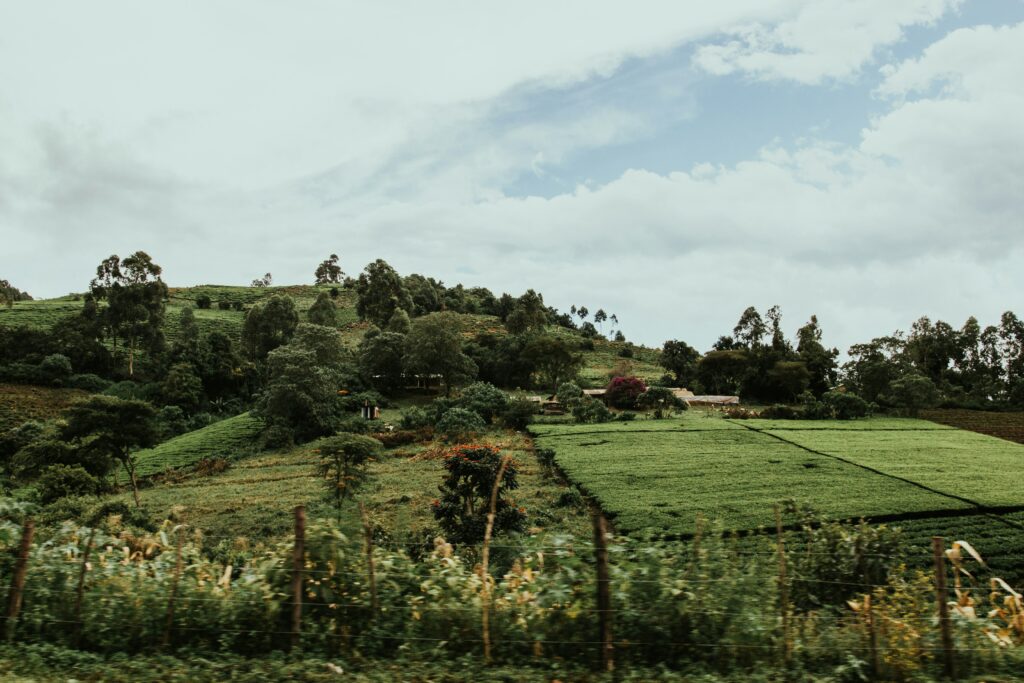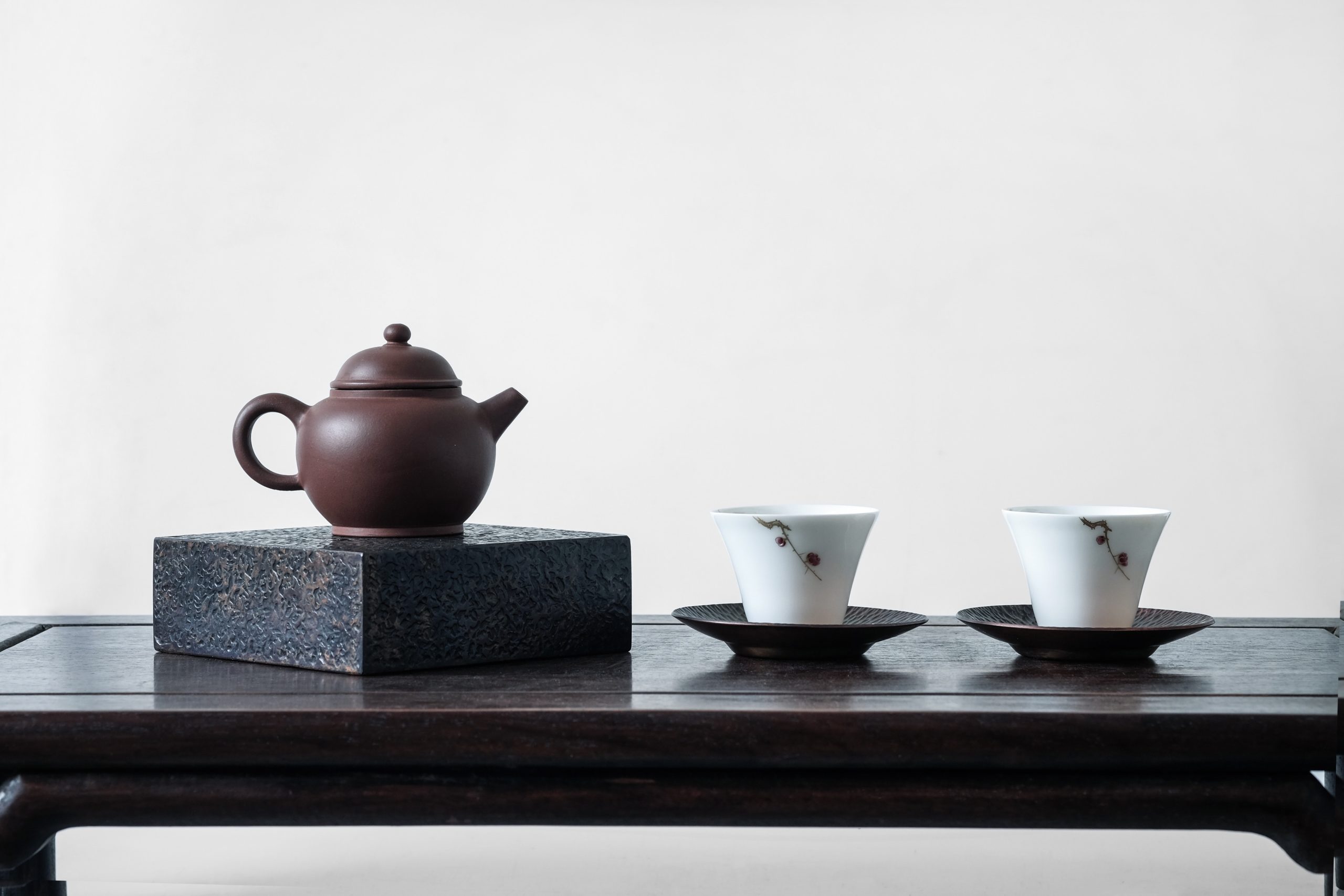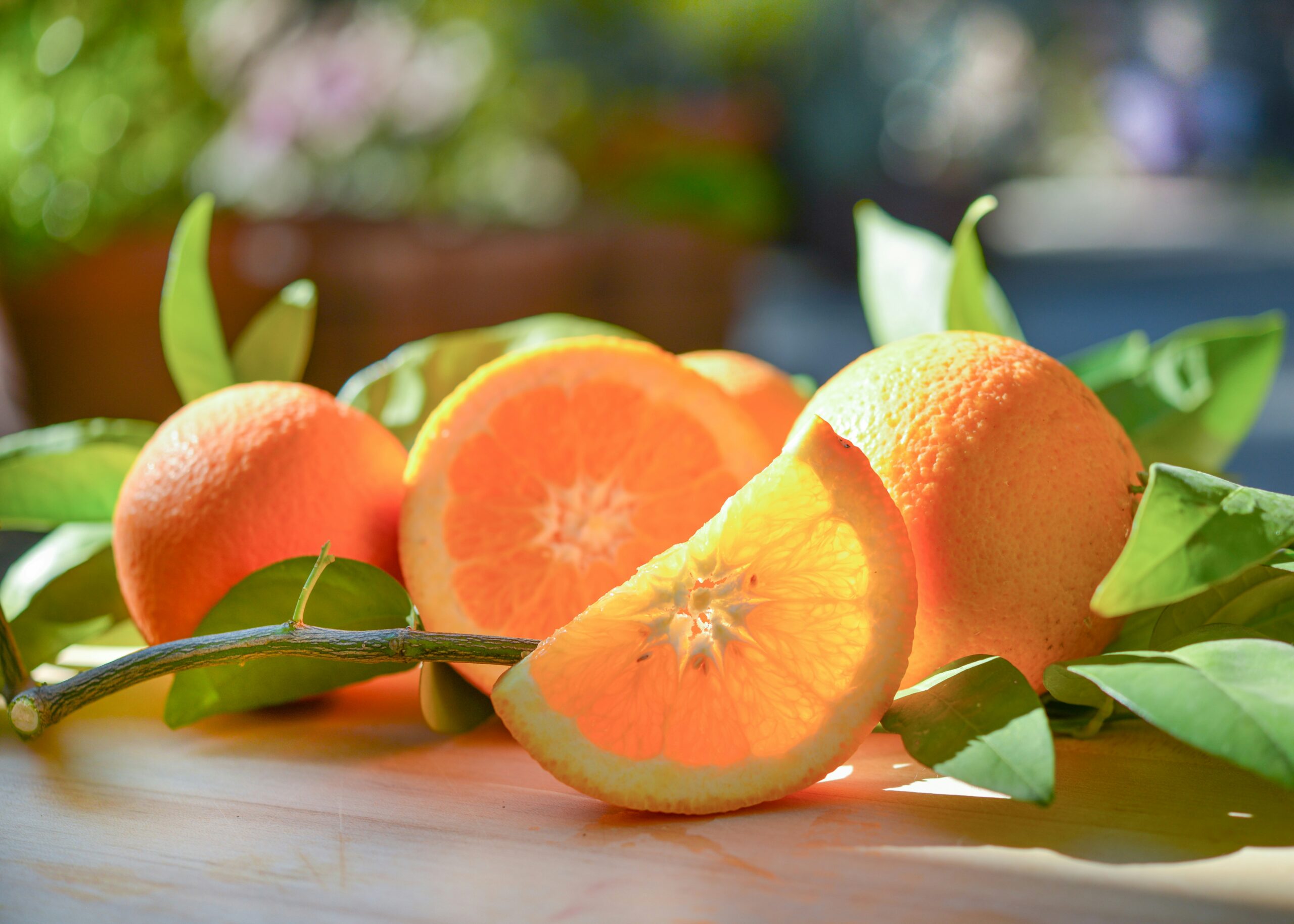What does Kenyan tea taste like? Introducing the history, flavor characteristics, and delicious brewing methods of Kenya’s tea, the world’s largest tea exporter.

When you hear “Kenya,” what comes to mind? Few people would immediately think of tea. However, tea cultivation in Kenya is very active, and it is actually the largest exporter of tea in the world. This article will introduce the history, characteristics, and delicious brewing methods of Kenyan tea.

The History of Kenyan Tea
The history of Kenyan tea began in 1903 when the British colonial rulers planted Assam tea bushes. It wasn’t until the latter half of the 20th century, after Kenya gained independence, that tea cultivation became established. In other words, it’s not an exaggeration to say that the history of Kenyan tea is still under 100 years old. Despite its short history, Kenya has emerged as the world’s largest tea exporter, showcasing remarkable growth.
What Is the Secret Behind the Growth of Kenyan Tea?
The rapid growth of Kenyan tea is largely attributed to Kenya’s climate. The stable climate allows for year-round tea harvesting, with new leaves ready for picking just weeks after the previous harvest. In contrast, in Japan, tea is harvested up to three times a year (April-May, June-July, August-September), with a gap of 1-2 months between each harvest. Additionally, in East Asia, including Japan, tea is not harvested during the winter months.
Compared to this, Kenya’s climate, which allows for harvesting every few weeks throughout the year, is exceptionally favorable. Furthermore, the short history of Kenya’s tea industry means it can adopt the latest tea processing technology. In Kenya, machines that efficiently process large quantities of tea, such as CTC (Crush, Tear, Curl) machines, are used, leading to the production of nearly all Kenyan tea in the form of round-shaped CTC tea.
Characteristics of Kenyan Tea’s Shape and Flavor
Kenyan tea is characterized by its robust body, astringency, and fresh aroma. It has a flavor similar to Ceylon tea but with less astringency, offering a well-balanced and mild taste. The liquor of Kenyan tea is a deep orange color, making it ideal for iced tea. Additionally, Kenyan tea is often processed into “CTC” round tea leaves, which allows for a strong flavor to be extracted in a relatively short time. This makes Kenyan tea a popular base for tea bags.
How to Brew Kenyan Tea
Here are the methods to brew Kenyan tea to bring out its best qualities. We’ll cover both hot and iced tea brewing methods, so you can choose based on your mood or occasion.
How to Brew Kenyan Tea for Hot Tea:
Preparing the Water: Boil water and pour it into the teapot to warm it up. By discarding the hot water used for warming, you can make the tea taste better.
Amount of Tea Leaves: Add tea leaves to the teapot. For one cup (about 150ml), use one teaspoon (about 2.5g) as a guideline.
Pouring Water: Pour the boiling water over the tea leaves and cover the teapot.
Brewing Time: Steep for about 1-2 minutes. Kenyan tea is often processed into round “CTC” tea leaves, which are known for their quick extraction.
Serving: Once brewing is complete, pour the tea into a cup. You can enjoy it with milk or sugar if desired.
How to Brew Kenyan Tea for Iced Tea:
Amount of Tea Leaves: Add tea leaves to the teapot. For one teaspoon (about 2.5g) of tea leaves, prepare about 80ml of water.
Brewing: Pour the water over the tea leaves and steep for about 5-6 minutes, which is approximately twice the brewing time for hot tea.
Rapid Cooling: Immediately after brewing, add ice equal in weight to the amount of water used to cool it quickly.
Serving: Pour the rapidly cooled tea into a glass filled with ice and enjoy.
Kenyan tea is versatile and can be enjoyed straight or with milk due to its robust flavor. Give it a try!
おすすめ記事
最新記事

著者情報/ teploについて

teploは「美味しいお茶を世界中に届ける」というミッションを掲げるお茶のブランドです。
お茶メディアの運営、茶葉の買付・販売、お茶の抽出機の開発・販売、飲食店にむけたお茶のメニュー開発・レシピ開発等を総合的にサポートしています。
teploのメールマガジンに登録
お茶に関する旬な情報や豆知識を漏れなく受け取りたい!そんな方は以下の登録フォームでメールアドレスをご登録ください。
teploから最新の情報をメールマガジンでお送りいたします。
(※1) プライバシーポリシーを必ずお読みいただき、ご同意の上、登録してください。
(※2) info@load-road.comおよびhello.japan@load-road.comからのメールが受信できるようにご設定ください。



